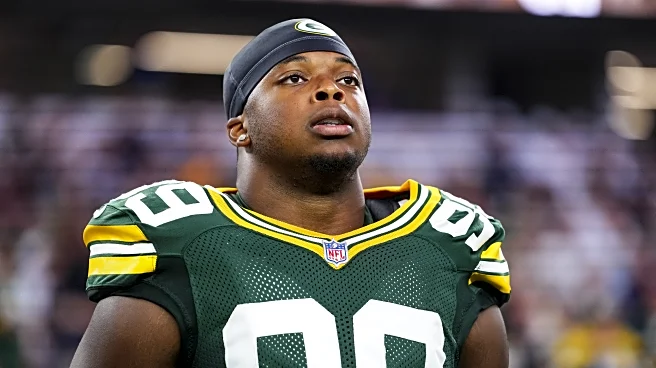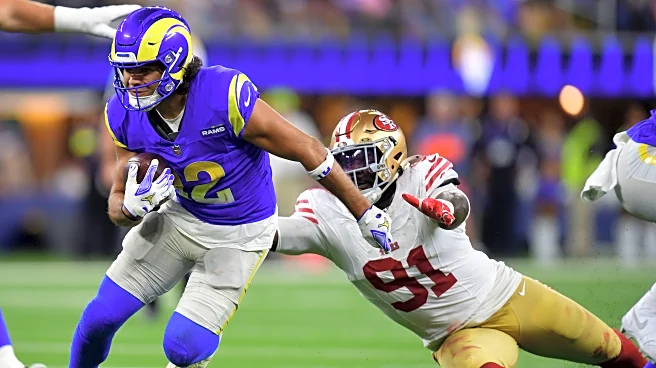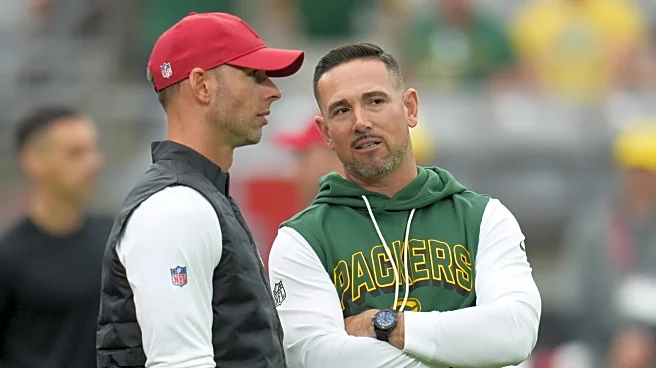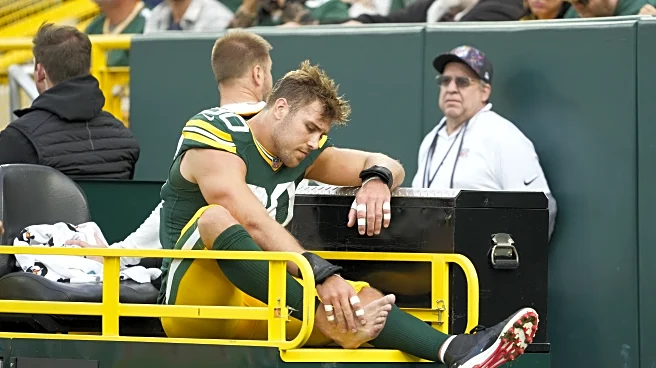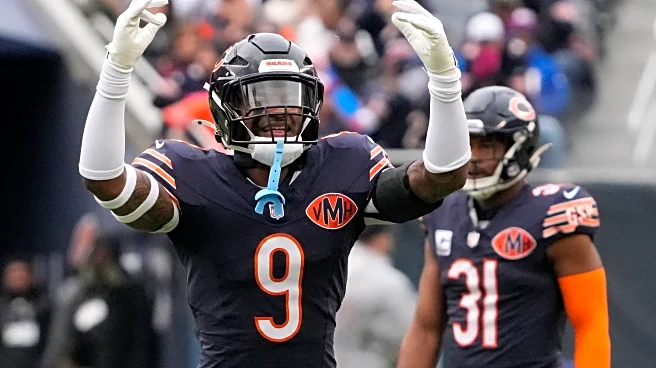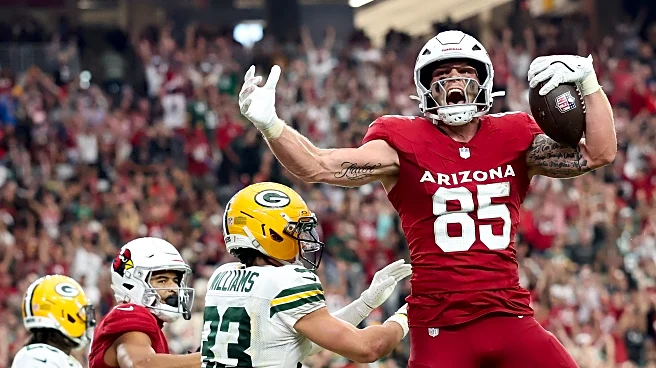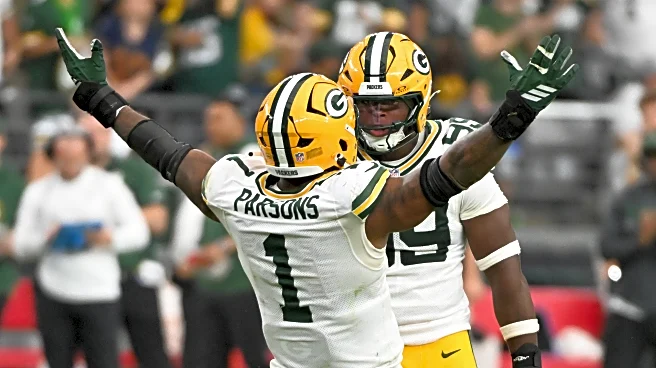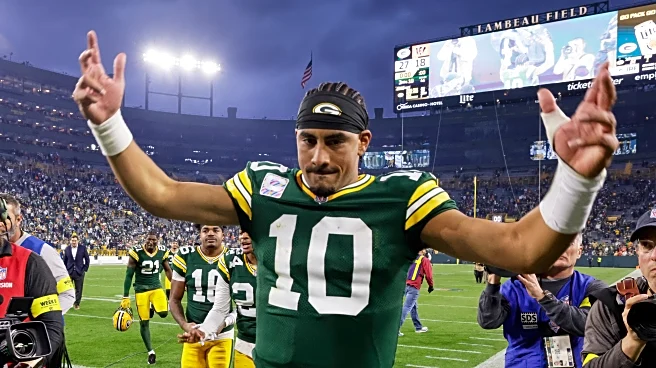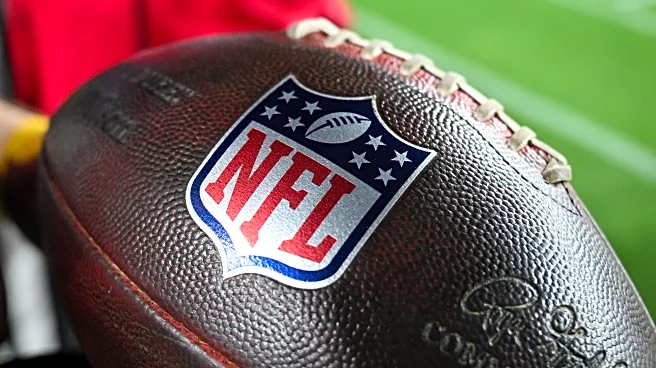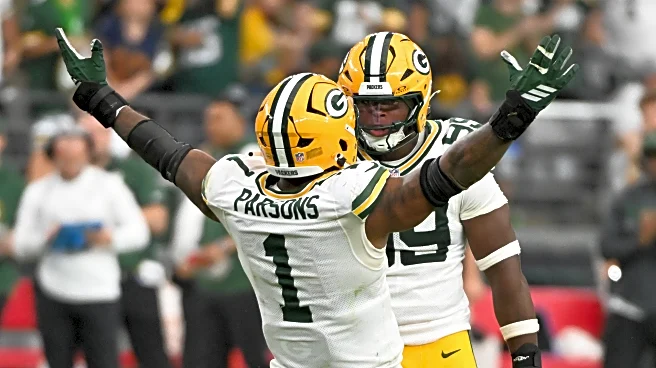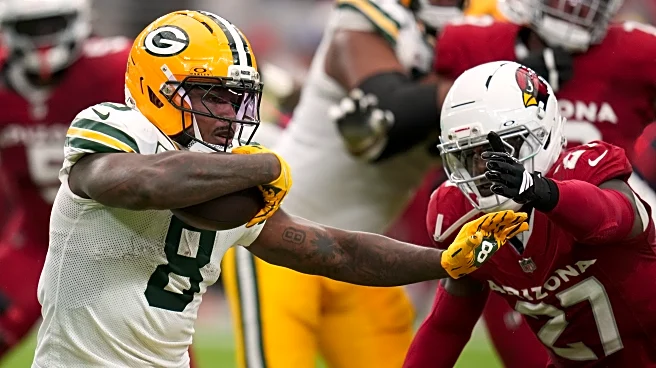Folks, we’re rebranding. Instead of calling this series detailed snap counts, it’s going to be the Green Bay Packers’ depth chart update moving forward, as that’s probably a more accurate title. Below,
we’ll go into where, why and how many times a player lined up in a certain spot for the Packers against the Arizona Cardinals.
As always, the cells below count all true football plays, including post-snap penalties and excluding kneels and spikes. The cells show how many snaps a player took at a position in each given week. Cells in yellow mean that a player dropped out of the game due to injury and didn’t return. Cells in red mean that a player never played the game due to injury. Cells in black mean that a player was a healthy scratch for the game.
Offensive Personnel

The Packers had a pretty specific strategy going into this game. If you’re wondering why Green Bay’s offense felt so slow, taking up a lot of time on the play clock, this is one reason why.
First of all, the team only played three receivers on the field just 45 percent of the time. They played the heaviest that they’ve been since Week 1 against the Detroit Lions, when they only played 18 total snaps with three receivers on the field together (11 personnel). For perspective, in Week 4 against the Dallas Cowboys, the team played 51 snaps of three-receiver sets.
You might be wondering why the team took this approach. To me, it’s clear that head coach Matt LaFleur wanted to go to great lengths to get man-zone tells from the Cardinals, who, in his own words, called Arizona one of the best disguising defenses in the NFL.
Not only was the offense playing heavy personnel packages against the Cardinals, but they also played a lot of nub sets against the team. In short, “nub sets” are when there’s a slot receiver to one side of the field and an uncovered tight end(s) on the other side of the field. This puts the defense in a position to ask: If we’re playing man coverage, do we want our outside cornerbacks on the same side of the field so the slot receiver isn’t matched up one-on-one against a safety or linebacker?
Below is an example of a nub formation out of a two-tight-end (12 personnel) set:

In this look, the strong safety (SS) is playing over the slot receiver (Z) with the cornerback (C) to the inline tight end (Y). From a pre-snap look, it would be obvious to the offense that the defense is at least presenting a Cover 3 zone look, not a Cover 1 man look, generally the two stock coverages that you’ll see the most out of single-high defenses.
Between this and the Packers’ motions, with them moving around their running backs in and out of the backfield, this is the game that Green Bay was playing on Sunday. They really wanted to know if the Cardinals were in man or zone and went out of their way to get as many tells on that as possible.
Out of the Packers’ 56 offensive plays against Arizona, 24 of them were out of nub sets (43 percent). For perspective, they only played nub sets 22 percent of the time against the Cincinnati Bengals last week. They had only cracked 30 percent nub sets in one other game this year, against the Washington Commanders in Week 3.
The Commanders were sort of the opposite of the Cardinals, though, as they are one of the more predictable teams in the league coverage-wise. Dan Quinn’s unit just kind of lines up and plays. Meanwhile, Jonathan Gannon uses a lot of disguises.
Against Washington, the Packers got into formations because they knew the Commanders would tip off their coverage without motion. Versus Arizona, Green Bay got into the same formations (roughly) and then motioned back and forth to gain extra information on whether or not the Cardinals were disguising their looks.
Quarterbacks

RIP the Savion Williams wildcat package. We haven’t seen a play out of it since the Packers’ game against the Cleveland Browns on September 21st.
Running Backs

Obviously, Josh Jacobs didn’t play as many snaps as we were used to going into this game. Jacobs was listed with both an illness and a calf strain on Green Bay’s injury report and was a game-time decision. According to Jacobs, he had to convince the coaching staff to get him on the field against the Cardinals.
Receivers


For the third straight week, rookie first-round pick Matthew Golden got the majority of his work in as a slot receiver. Dontayvion Wicks also dropped out of action for the third straight week, opening up opportunities for Malik Heath, not third-round rookie Savion Williams, offensively.
Whenever Christian Watson returns to the team, it will be interesting to see whether the Packers choose to keep Heath or Williams on the gameday roster. They seem to trust Heath a lot more as a receiver, while Williams is basically a kick returner who averages around three snaps a game in receiver spots.
Tight Ends

With all of the nub sets, the Packers didn’t try to play their receivers in the formation in this game. LaFleur loves to play receivers as insert players to get lighter defenses on the field while still having a lot of blockers at the point of attack in the run game. In this game, the only time a receiver played as an insert player was Malik Heath’s block on Josh Jacobs’ second touchdown of the game, the team’s final offensive snap before kneeldowns.
Luke Musgrave continues to see an uptick in snaps, but he’s mostly used as a blocker on the backside of runs or split out as a decoy when he’s not in the formation. Honestly, decoy is probably the best way to describe his role. The Packers are just using him as a number to influence opposing defenses’ schemes and aren’t really running plays for him.
All but one of Musgrave’s reps came when another tight end was on the field. Meanwhile, John FitzPatrick got more reps as the tight end in 11 personnel, the lone tight end when Tucker Kraft needed a breather.
Offensive Linemen





For the first time all year, the Packers’ preferred starting five played start to finish. There was no rotation at right guard, as Jordan Morgan took all 56 snaps of offense there. Sean Rhyan has played just one drive of offense in the two weeks coming out of Green Bay’s bye week. Before that, he had played all but 15 snaps, all of which came in Week 1, at right guard for the team.
Defensive Personnel

More new wrinkles! There’s some stuff where guys played out of positions, and we’ll get into that a little later, but the first thing I want to bring up here is that the Packers actually used their dime package for the first time this year. It was all out of their Cheetah set (where a third defensive end subs in for a defensive tackle).
Both plays came in the fourth quarter. A third and goal from the 10 (a sack for Micah Parsons) and then the Hail Mary attempt at the end of the game.
Beyond the dime adjustment, the Packers also played the most snaps out of their base 4-3 (27 reps) out of the season. Again, this is mostly reactionary to what the opposing offense does. If you throw out multiple tight ends, Jeff Hafley will match it with base personnel. If you don’t, he’ll play some form of nickel.
In the upcoming game, expect even more base 4-3, as Green Bay will be facing a Pittsburgh Steelers team that only plays three-receiver sets about one-third of the time. No one plays heavier on offense this year than the Steelers.
Defensive Ends

Defensive Tackles

I’m going to discuss the defensive linemen together this week, as the positions have become increasingly intertwined following the injuries to Devonte Wyatt (knee) and Lukas Van Ness (foot).
First of all, the unit is rotating and utilizing subpackages extensively. The starting defensive line of Micah Parsons, Rashan Gary, Colby Wooden and Karl Brooks only played together for 10 of 76 snaps on Sunday (13 percent). In the first 20 minutes of game time, they played just three snaps together and continued to average that pace throughout the game. No, you are not reading that incorrectly.
At defensive end, Van Ness’ snaps were mostly backfilled by Kingsley Enagbare and Barryn Sorrell, who played their season-high snaps at the position last week, but the Packers also stole some reps by playing Colby Wooden as a true defensive end in 4-3 packages.
The Packers made a habit of using Wooden as a 4-3 defensive end as a “drive starter.” Basically, they kept pass-rushers on the bench for an extra play at the start of drives in the hopes that playing three defensive tackles would lead to success against the Cardinals’ ground game.
Then, to make up for the snaps that the defensive tackles picked up, Sorrell, a 256-pound rookie, played 12 (!) snaps of defensive tackle in Cheetah packages this week. Over the last two weeks, Sorrell has played 18 snaps of defensive tackle, nearly as many as fourth defensive tackle Nazir Stackhouse (20). Warren Brinson continues to outsnap Stackhouse by a good pace (54 snaps over the last two weeks).
Maintaining this heavy rotation, while being down two of the team’s top defensive linemen, has taken an all-hands-on-deck approach. Green Bay is going out of its way to find a solution to keeping Rashan Gary and Micah Parsons fresh.
Linebackers

Quay Walker dropped out of the game for a bit with an injury, but returned to the lineup. With him sidelined, Isaiah McDuffie took over as the team’s Mike linebacker, while Ty’Ron Hopper was the team’s third linebacker in their base 4-3. Outside of that, and one snap of Micah Parsons playing linebacker when Quay Walker lined up on the edge, the unit played as it has throughout the season.
Cornerbacks

Like it ot not, Nate Hobbs is the starting outside cornerback for the Packers. The rotation is basically over at the position, with Carrington Valentine playing just two snaps in dime looks, where Hobbs kicked in as the second slot defender.
Hobbs has struggled to make the transition to outside cornerback from slot defender, but LaFleur said this week that the plan is to continue to ride it out with their $48 million free agency signing.
Slot Defenders

Javon Bullard played every single nickel set in the slot, with Hobbs adding on as a second slot defender on the team’s two dime calls.
Safeties

Safety is back to being an open competition. While Evan Williams played safety on all of the team’s nickel and dime looks, he split snaps with Javon Bullard when the team played their 4-3 base. Prior to this game, Bullard hadn’t played a single safety snap since Week 1.
The Bullard and Williams 4-3 split didn’t appear to be situational, as it was more of a drive-to-drive type of thing.
